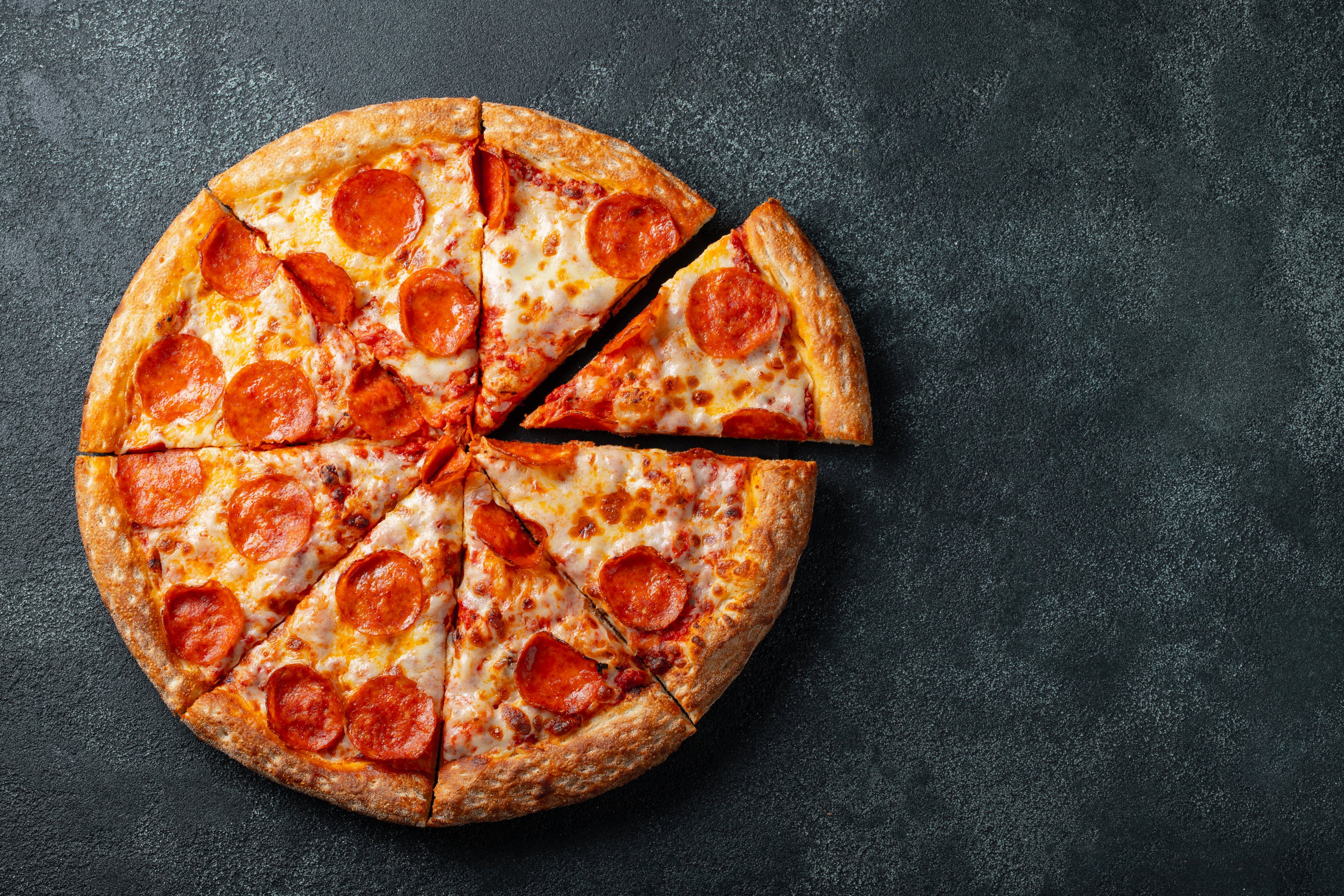
Having students eat a healthier slice of pizza like the Smart Slice from Domino's Pizza (DPZ 0.37%) should theoretically receive support from the crowd that's trying to minimize junk food in schools, but The New York Times says it's really a marketing ploy designed to boost the pizza parlor's sales outside the school day.
Calling it a "revolution in school pizza," Domino's says its Smart Slice features whole-grain flour, low-salt sauce and cheese (which is also low-fat), and healthy toppings. Even the pepperoni is lower in fat.

Source: Domino's Pizza.
As part of the federal government's overhaul of school lunch programs several years ago, more nutritious food is required to be served in school cafeterias. The new regulations require that school meal providers offer a mix of fruit and vegetables -- double what they previously did -- and must stop serving foods with trans fat, increase use of whole grains, lower sodium content, limit calories based on age groups, and offer only low-fat or fat-free milk.
Critics, though, charge that students are going hungry because they're not getting enough food to eat due to the calorie counts or because they simply don't like what's being offered. Congress is now contemplating rolling back the regulations as students, parents, and even school administrators complain about the fare being served.
So Domino's "healthier" junk food could be a way to get students to sort of have their cake and eat it too, giving them something they like that's also healthier (if not necessarily healthy) for them. But the Times suggests that what the pizzeria really is doing is subtly "imprinting" kids with corporate advertising. The trucks that deliver the pizza say Domino's, as do the boxes that the slices are served in, and the uniform of the delivery man is emblazoned with the Domino's logo. The paper suggests that it all amounts to a "brain-branding" ploy to get kids to eat Domino's pizza when they're not in school.
Subjecting a captive audience of students to corporate advertising in the form of school-sanctioned programs has long been controversial, such as when digital content provider Channel One began delivering news programs for free to thousands of schools, programs that came encased in corporate advertising. It was charged that students were being forced to watch ads, primarily for junk food and video games, thus wasting student time and taxpayer resources. Now owned by Houghton Mifflin Harcourt, Channel One's programming is still controversial, and activists routinely call on school districts to ban the award-winning news channel from the classroom, but it also comes with an advertising-free subscription service.
No doubt Domino's does hope students see their brand in their school cafeteria and that it encourages them to eat at its restaurants when they're out on the streets, but it hardly seems a primary motivator, since it is willing to deliver the pizzas in generic packaging if its requested. Besides, kids aren't automatons, and though they're perhaps more susceptible to suggestive advertising, it's not a guaranteed return.
Either way, the pizzeria has been doing remarkably well with the rest of its marketing. Sales last quarter were up 6.3% to $135.9 million at company-owned and franchised stores, with comps up 4.9% from last year. The strength in the pizza business helped drive revenues up 11% at its domestic supply chain business, which supplies the stores with the dough, condiments, and equipment they need.
Making kids eat carrot and celery sticks for lunch may make nutrition advocates feel good about themselves for doing right by students, but "healthier" junk food like the Smart Slice can at least give students food they want to eat. The food police may rail about corporate branding in schools, but Domino's Pizza can deliver decent returns without having to rely on some nexus developing between what's on the food tray and what they ultimately spend their lunch money on.






